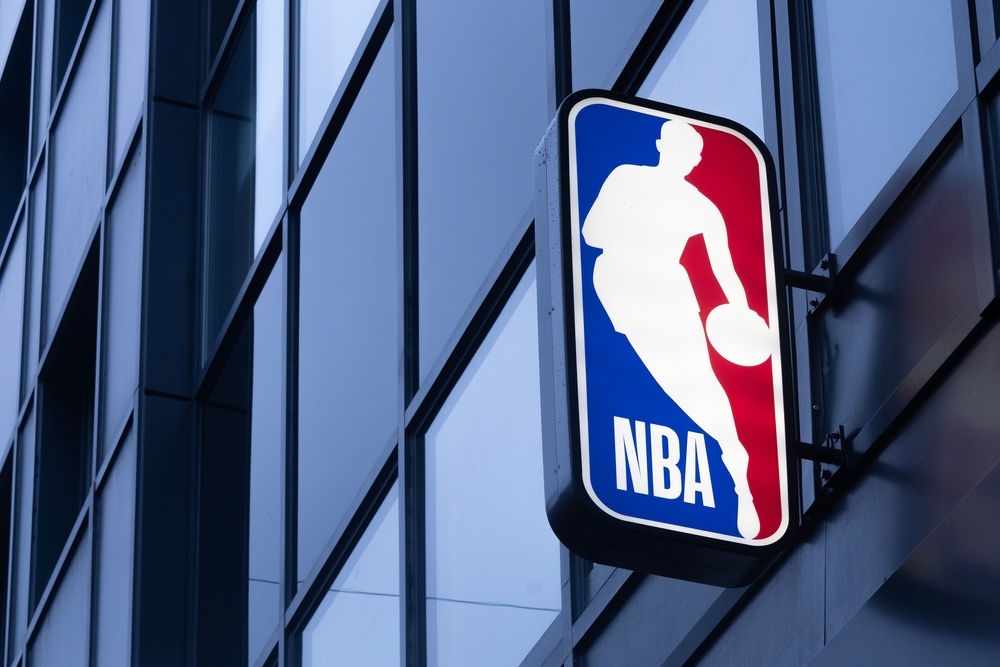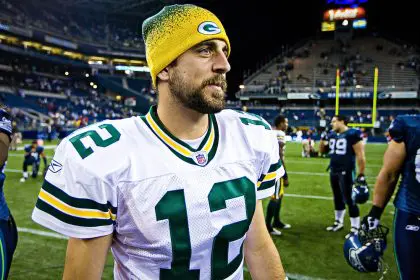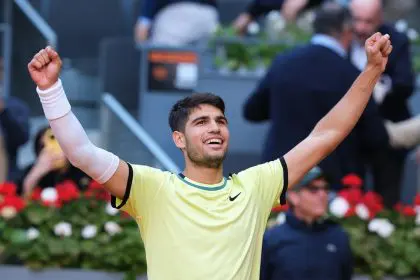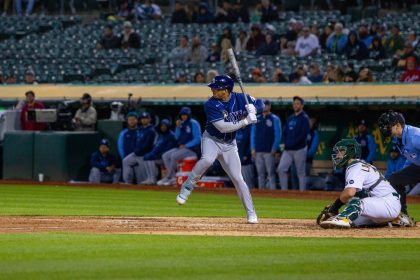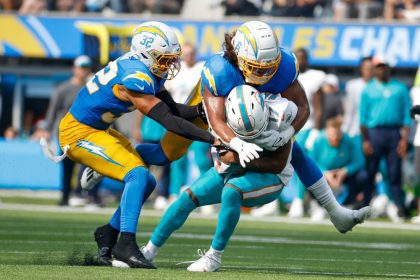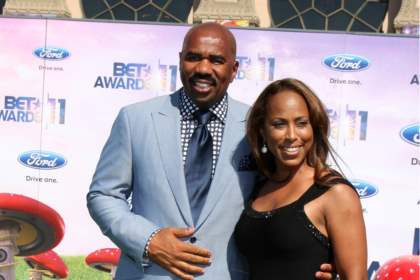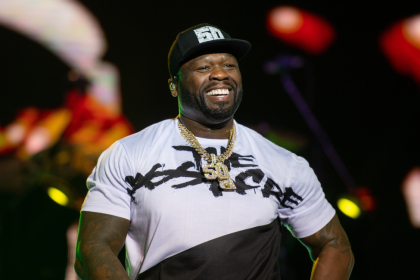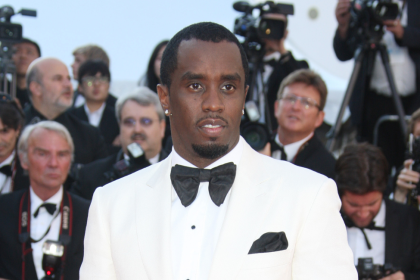Sometimes the most powerful statements come from the most unexpected places, and the 2025 NBA Finals represents one of the biggest surprises in basketball history. When the Oklahoma City Thunder and Indiana Pacers tip off Thursday night, they’ll be making a declaration that small-market teams can still achieve greatness in an era dominated by superteam narratives and coastal powerhouses.
This matchup wasn’t supposed to happen according to conventional wisdom. The Thunder, despite their regular season dominance, were still viewed as too young and inexperienced. The Pacers entered the season with 50-to-1 championship odds, making them one of the longest shots in decades to reach the Finals. Yet here they are, representing the heartland and proving that basketball excellence can flourish anywhere.
What makes this Finals so compelling isn’t just the geographic underdog story—it’s how both teams arrived here by completely different routes while sharing remarkably similar DNA. These are young, hungry organizations that play beautiful basketball, prioritize team chemistry over individual ego, and have built sustainable success through smart management rather than flashy free agent signings.
The Christmas Day snub that perfectly captured everything
Perhaps no single moment better encapsulates the disrespect these teams faced than Christmas Day 2024. While the NBA showcased ten other teams across five marquee games, the Thunder and Pacers met in Indianapolis for what amounted to a playoff preview disguised as a regular Tuesday night game.
The Thunder woke up that morning with the best record in basketball, led by the eventual MVP, riding an eight-game winning streak. The Pacers had reached the Eastern Conference finals the previous season and were building something special. Yet neither team was deemed worthy of national television on the league’s most important regular season day.
The irony is almost too perfect: the two teams that would eventually meet in the NBA Finals spent Christmas night together, playing an absolutely thrilling game that showcased everything fans love about basketball. Shai Gilgeous-Alexander scored 45 points, Tyrese Haliburton orchestrated a masterful performance despite being held to just four points, and the Thunder won a back-and-forth battle that had Finals-level intensity.
Thunder’s championship blueprint mirrors Golden State’s dynasty
What’s particularly fascinating about Oklahoma City’s rise is how closely it mirrors the Golden State Warriors’ championship run from a decade ago. Both teams feature a 26-year-old MVP guard leading a historically young roster, both prioritized defense before becoming offensive juggernauts, and both took similar paths through the playoffs.
The statistical parallels are almost eerie. The 2015 Warriors went 67-15 with a plus-10.1 point differential while ranking first in defense and second in offense. The 2025 Thunder went 68-14 with a plus-12.9 point differential while ranking first in defense and third in offense. Both teams had to survive early playoff scares before dominating their conference finals.
The personnel comparisons are equally striking. Jalen Williams serves as the Thunder’s version of Klay Thompson—a young two-way star who made his first All-NBA team. Chet Holmgren mirrors Draymond Green as a versatile defender who changes the game on that end of the floor. Alex Caruso fills the Andre Iguodala role as the veteran presence who elevates everything defensively.
Pacers prove that perfect team chemistry beats individual talent
While the Thunder built their success around elite individual talent, the Pacers represent something different: a perfectly constructed team where every piece fits exactly where it should. Their run to the Finals validates the idea that basketball remains a team sport where chemistry and cohesion can overcome superior individual talent.
Rick Carlisle deserves enormous credit for creating a system that maximizes every player’s strengths while minimizing their weaknesses. Tyrese Haliburton emerged as one of the league’s premier floor generals, Pascal Siakam found new life as a championship-level contributor, and role players like Andrew Nembhard and Aaron Nesmith became playoff heroes.
Their three improbable comeback victories during this playoff run tell the story of a team that simply refuses to quit. Down seven points with 40 seconds remaining against Milwaukee, down seven with 50 seconds left against Cleveland, down 14 with under three minutes left against New York—the Pacers found ways to win games that seemed impossible to win.
The strategic battle that will define the series
This Finals presents a fascinating tactical matchup between Indiana’s historically efficient offense and Oklahoma City’s suffocating defense. The Pacers are shooting an incredible 40% from three-point range during the playoffs, led by players who have found new levels of accuracy when it matters most.
The Thunder’s defense presents the ultimate test for that offensive explosion. Oklahoma City allows opponents to shoot just 33% from beyond the arc while forcing an incredible 18 turnovers per game. Their ability to switch seamlessly between different defensive looks has confused every opponent they’ve faced.
Haliburton’s struggles against Oklahoma City during the regular season provide the clearest indication of how this series might unfold. In four meetings over two seasons, he’s averaged just 12 points per game while shooting passively and rarely getting to the free throw line. If the Thunder can neutralize the Pacers’ primary playmaker, this series could end quickly.
Youth movement reshapes championship expectations
Both teams represent a generational shift in how championships are won. The Thunder are the second-youngest team ever to reach the Finals, with an average age of just 24.7 years. Their core players are years away from their theoretical prime, suggesting this could be the beginning of sustained excellence rather than a one-time achievement.
The Pacers, while slightly older, have built their success around players who are just entering their peak years. This isn’t a veteran team making one last championship run—it’s a young group that could compete at this level for years to come if they can keep their core together.
The salary cap implications are particularly interesting for both franchises. These are the first Finals teams since the luxury tax was introduced where neither is paying the tax penalty. Both organizations have shown that smart drafting and player development can be more effective than simply outspending the competition.
Small market basketball reaches its biggest stage
The broader narrative significance of this Finals extends well beyond basketball strategy. In an era when players increasingly gravitate toward major markets and superteam formations, Oklahoma City and Indiana prove that excellence can still emerge from unexpected places.
Both organizations have invested heavily in their communities, creating cultures that attract and retain talent through genuine relationships rather than just financial incentives. The Thunder’s development of homegrown stars like Gilgeous-Alexander and Williams shows what’s possible when organizations commit to long-term player development.
The Pacers’ transformation from perennial disappointment to Finals contender demonstrates how the right coaching and front office vision can unlock potential that others couldn’t see. Their ability to maximize role players and create a system where everyone contributes reflects old-school basketball values in a modern context.
Historic implications for both franchises
A Thunder victory would complete one of the most dominant seasons in NBA history, matching the 1996 Bulls for total wins while establishing Oklahoma City as the league’s next great dynasty. For a franchise that lost Kevin Durant, Russell Westbrook, and James Harden, reaching this point represents complete organizational redemption.
A Pacers championship would be even more historically significant. No fourth seed has ever won the NBA title, and Indiana’s plus-2.2 regular season point differential would be among the worst ever for a champion. Their 50-to-1 preseason odds would make them the most improbable title winner in modern basketball history.
The future of basketball excellence
Regardless of who wins this series, the 2025 Finals represents a validation of different approaches to building championship teams. Both organizations prioritized culture, player development, and tactical innovation over marquee signings and instant gratification.
The Thunder’s collection of draft picks and young talent positions them for sustained success, while the Pacers have proven that smart coaching and team chemistry can overcome talent disparities. Both models offer hope for franchises trying to compete with larger market advantages.
This Finals reminds us why basketball remains beautiful: two teams from the middle of America, playing the game the right way, earning their place on the sport’s biggest stage through hard work and intelligent planning rather than financial shortcuts or superstar recruitment. Sometimes the best stories come from the most unexpected places.

